Tips For Dealing With Separation Anxiety In Dogs
by dogtoyadvisor | Last updated on November 18, 2020
We only review products we tested ourselves. We have affiliate partnerships, so we get a share of the revenue from your purchase.
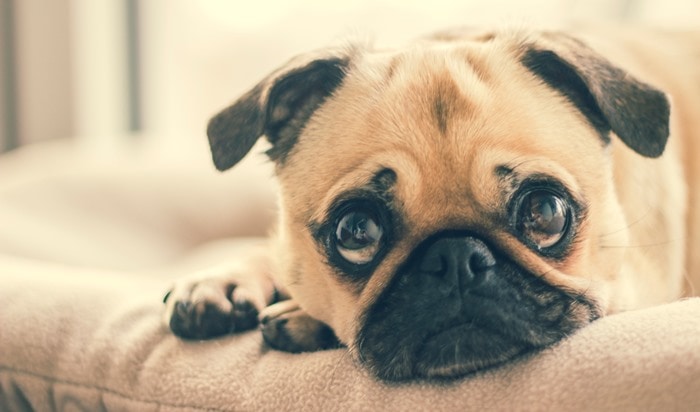
What is separation anxiety?
We personally don’t know any dog who likes to be left alone. The way they react to it may vary from some mild sulking, maybe a little bit of sad puppy eyes to outrageously destructive behavior (seriously, have you seen some of the videos? Scary!)
We have yet to meet a dog who will notice his human is leaving and will just stay as peaceful and as relaxed as before. Particularly if his human leaving means he will be left all alone.
Though it’s probably a bit too radical to consider all reactions as separation anxiety, the truth is there is a lot we can do to make separation easier for them, regardless of how badly they miss us (let’s just assume it’s a lot!).
And, even though we find it endearing and even funny to see how they react when we return, the happiness they feel that we’re back, the enthusiastic greeting we receive like they haven’t seen us in years; it does probably mean they felt so anxious and stressed when they were alone they just feel relieved we’re back and the anxiety is over.
Trust us, it doesn’t mean they love you any less if when you get home they greet you in a calmer, more tranquil manner.
Read also: 10 toys to keep your dog busy
Why does it happen?
If your dog is particularly attached to you, or isn’t used to being left alone, that change in his routine will create some stress. The loss of a family member is another reason your dog may experience separation anxiety from all family members.
We often forget just how aware they are of their people and how reactive they can be to these sorts of changes.
If your pup is an anxious dog, has a history of abandonment or neglect or has spent some time at a shelter, he/she will probably feel much more stressed by your absence than most dogs.
Likewise, if you’ve just adopted your dog, expect some major anxiety when he/she sees you leaving. They really do believe you are never coming back!
Sometimes you don’t even need to leave the house, for most dogs leaving them alone in a room will be more than enough to make them anxious. If you prefer your dog sleeps in a different room than yours, you’ll know what we mean.
How can I tell?
We would describe it as excessive behavior. They will bark/howl/whine more frequently and louder than usual (some dogs will do it for several hours when left alone, making it as excruciating for them as for the nearby neighbors, which can cause some serious neighborly tension).
They will get into trouble more often and in a more spectacular way, destroying unusual things (your personal belongings probably), furniture or the house itself (doors, walls, wallpaper, it really depends on how creative they get and how much free time they have on their hands).
They will sometimes have indoor “accidents”.
We found a great way to help our dogs overcome behavior issues with a tasty treat. Zesty Paws Calming Bites has made such a big difference!
And, in more severe cases, they will have compulsive behaviors like drooling or panting heavily, pacing in an obsessive manner or even try to escape, which can lead to them getting hurt in the process or even worst, getting lost and exposed to several dangers.
All of the above causes strain and upset to more than the dog.
Sometimes, owners get frustrated with their dogs and will rather give them up then attempt to curb this behavior. You need to understand that the dog isn’t doing this out of being a bad dog or as revenge. He is hurting and this is his way of letting you know how he’s feeling.
With our dogs, it varies.
Dobby will apparently be okay with our absence, apart from the very enthusiastic greeting we get when we get home, but we’ll also notice that, at times when he’s more anxious, we’ll notice small wounds from his excessive licking (particularly his paws and bally). He also tends to bite his legs at the knee when he gets nervous.
Tommy and Coco take a much more extroverted approach. They’ll just destroy everything in sight, which means we have to lock them in the kitchen where they can do less damage and making it very hard for us to leave them beds or blankets without having to replace them daily. Also, it concerns us they might swallow fabric or plastic and get sick.
What can I do about it?
Here are a couple of things we’ve tried with our dogs that you can do as well to help your dog’s separation anxiety.
Quite frankly, we feel all of these can be very useful in making any dog a bit happier to be away from us. Well, not happier, maybe just a little bit less sad.
The first suggestion we have for you is a tired dog is a happy(er) dog. So do your best in tiring your dog before leaving. There are a lot of fun games for dogs to play, for example you can play fetch with him or, even better, do a bit of training, this will keep him physically and mentally exercised.
For our dogs, these are usually our favorite go-to toys for this:
Interactive puzzles work really well too, even though it might not tire him as much as running around, it will challenge him and make him happy, which is essentially how we want him to feel when we’re about to leave: happy and relaxed.
If your dog or puppy suffers from mild separation anxiety, tasty treats might help keep him in the right mood. And, if you just so happen to attach said food or treat to an interactive food dispenser dog toy like a Kong Classic or the Bob-A-Lot, you can even leave him to it and it might just happen he won’t even notice you leaving!
Being hard to empty, treat dispensers like Bob-A-Lot keep your dog occupied for longer and helping them deal with separation anxiety.
We found that we got much better results with this treat dispenser strategy when we used frozen fruit or peanut butter, only because they make the fun last longer.
Also, you might want to keep these toys away from your dog when you’re home, it will increase his enthusiasm for it in comparison to using a dog toy he can play with at any time.
Leaving your clothes around the house helps a lot as well (we know, perfect excuse to have a messy house with clothes all over). They will pick up your scent and it will make them calmer and less anxious.
This is a particularly useful tip for puppies with separation anxiety. If you leave clothes with your scent out for them, we guarantee you’ll return to find they slept on top of them most of the time. There are also puppy toys that help curb separation anxiety.
One very important tip that’s sooo much harder to do than it sounds, and we have to admit we don’t always do it, is just don’t make a big fuss. If you’re leaving, don’t say goodbye to your dog, just leave. When you return, just treat him like you’ve been in the house for hours.
Gut wrenching, we know, but so effective!
It will just teach him that it’s no big deal, nothing to make a fuss about, just something perfectly natural. Do you see where were going with this? Yeah, we still struggle with this one too…
If none of this helps or his anxiety is more severe, it will require some training.
The Pawbo Life WiFi Camera let’s you keep an eye on your pup while he’s home alone and even let’s you talk and interact with him by simply using your phone. We have one and it changed our lives!
Try baby steps. If your dog gets nervous as soon as he sees you getting ready to leave, then try doing it without actually leaving. Put your shoes on or your coat and sit down to watch TV. Pick up your keys and just stay. When you notice he’s starting to relax, leave for a minute, then return. Gradually increase the time away as you see him accepting each time period.
This training should last for as long as it takes to work, don’t try to increase the time if he’s still too reactive to the previous period. Ultimately, you should be able to leave for as long as you need without him getting too anxious and stressed. He will never be happy with it, but at least he won’t suffer because of it.
Read also: best interactive dog toys / best pet cameras
What worked for us?
With Dobby, what works best is leaving our clothes for him to sleep on. Also, in the very beginning, we tried the baby steps training (Sandy was working from home, so she did it easily, when you have to leave every morning it can be more challenging) and it worked like a charm.
For Tommy and Coco it’s still a bit of a work in progress, there are good days and bad days. The tiring and the chew toys work well most days and we now manage to leave them with a few blankets and have them whole by the time we return, but it’s still a gamble to leave them loose, because more often than not Tommy will choose a pillow and try and annihilate it like it’s a big juicy (insert whatever your dog loves to eat the most here).
In extreme anxiety cases, some vets will prescribe anti-anxiety medication, but to be honest, we avoid giving our pets medication as much as we possibly can.
What if none of this works?
As we’ve mentioned earlier, this is based on our experience with our dogs, we talk about the things we’ve tried and what worked and didn’t.
However, we do know that, unfortunately, there are much more anxious dogs than ours. If that is the case with yours, if none of this works, what we recommend is you talk to your vet (well, your dog’s vet, of course) and see what he recommends in terms of calming supplements (preferably natural). Ultimately he might need some medication, particularly if he’s hurting himself due to stress.
Either way, never give up! Remember, you are your dog’s advocate as well as his entire world, you will get there eventually, together, and all of it will be well worth it.
Did you like our tips? Do you agree? Is there is something you’d like to add? Let us know, we’d love to hear from you.
Affiliate links / Images from Amazon Product Advertising
Recommending Reading:

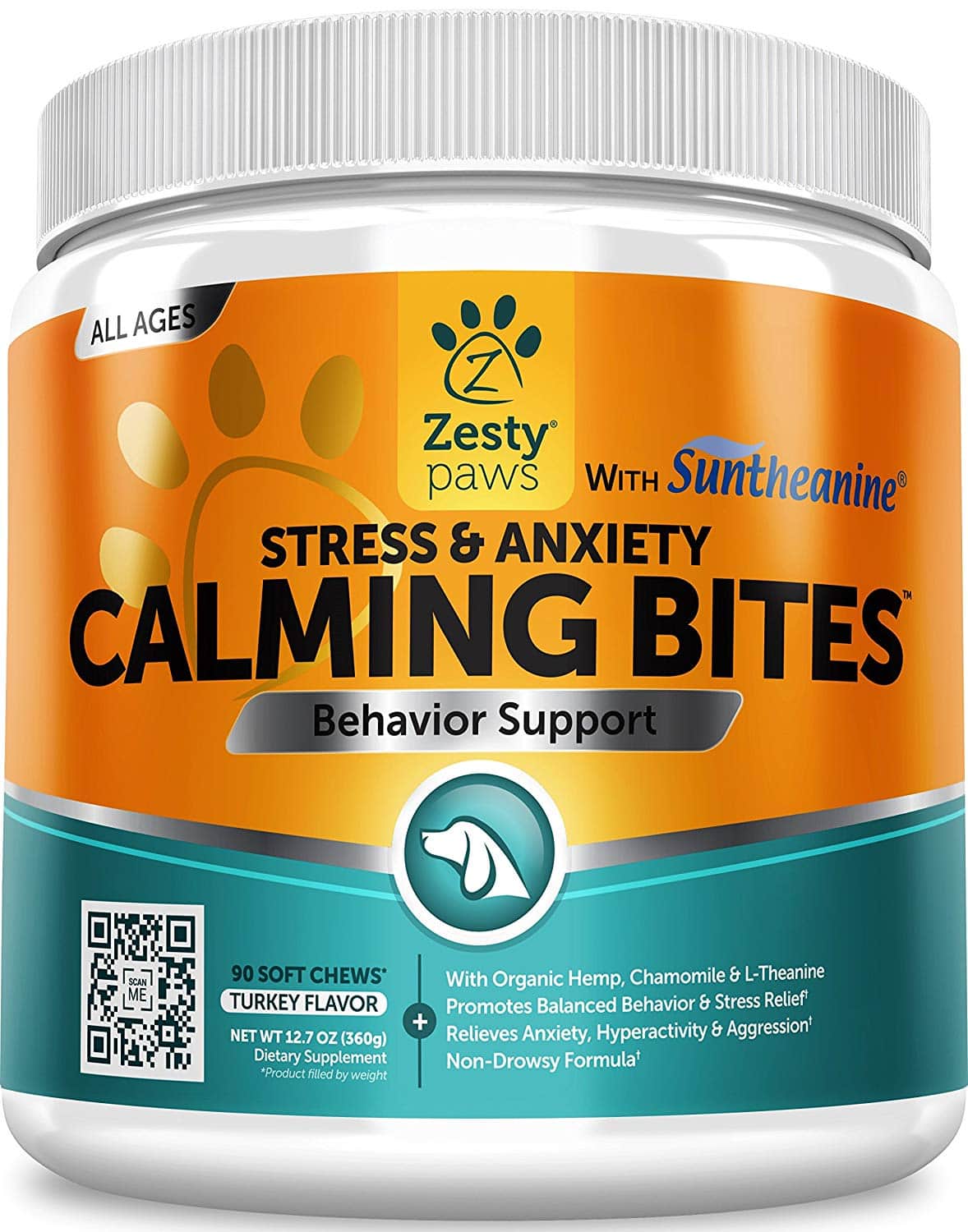
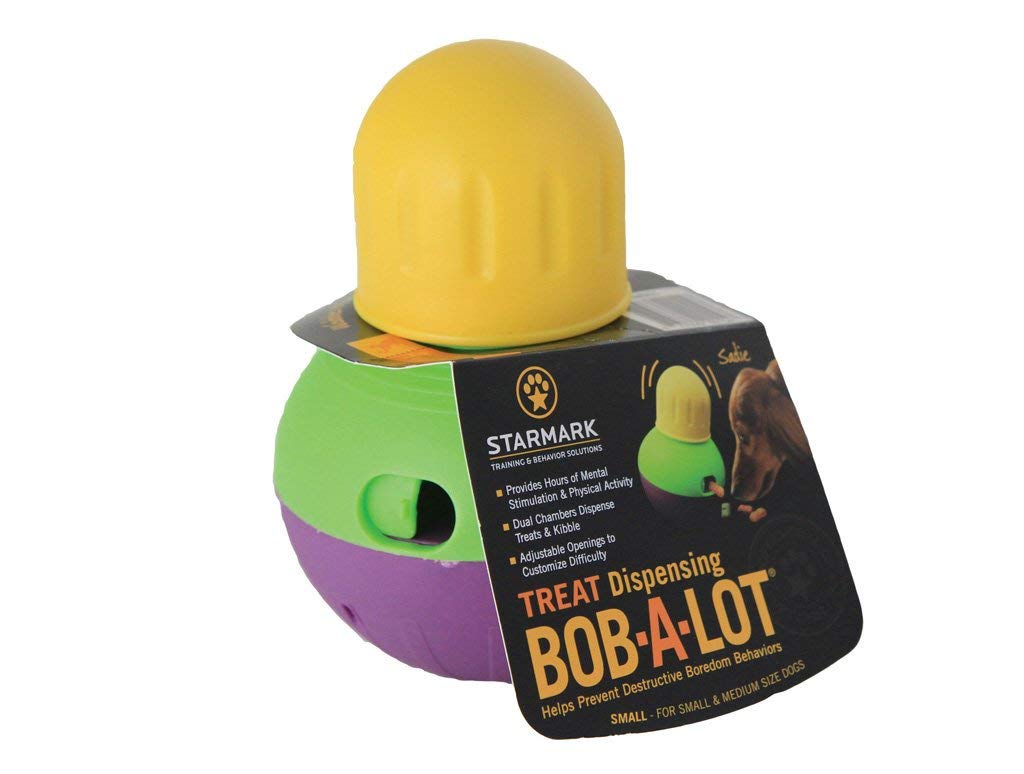


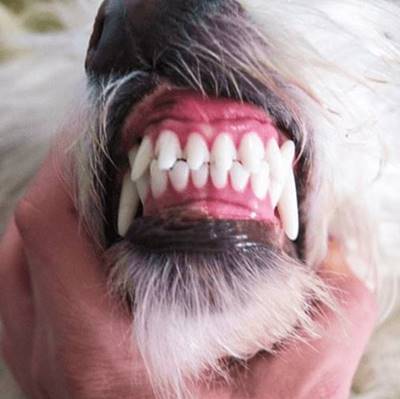
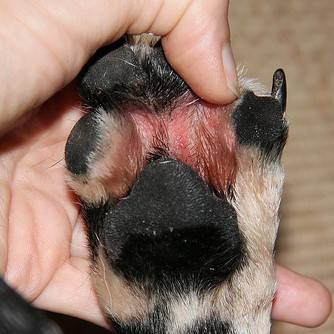

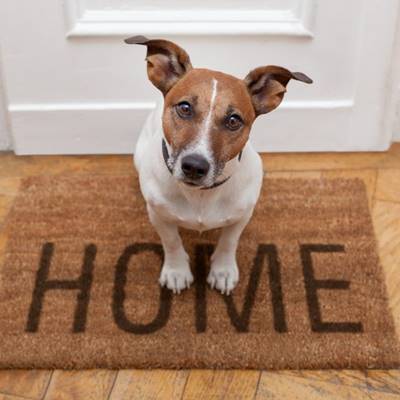
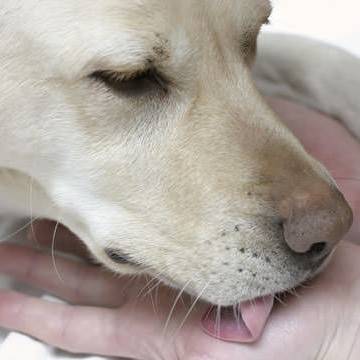
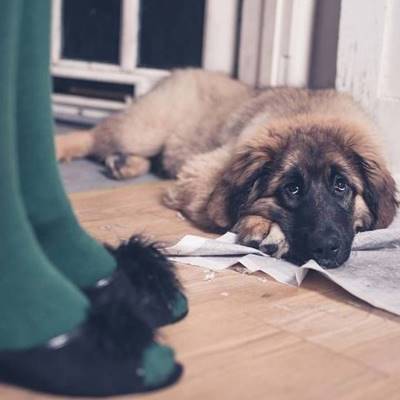

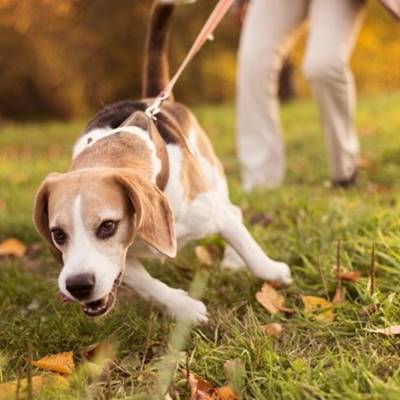
0 Comments